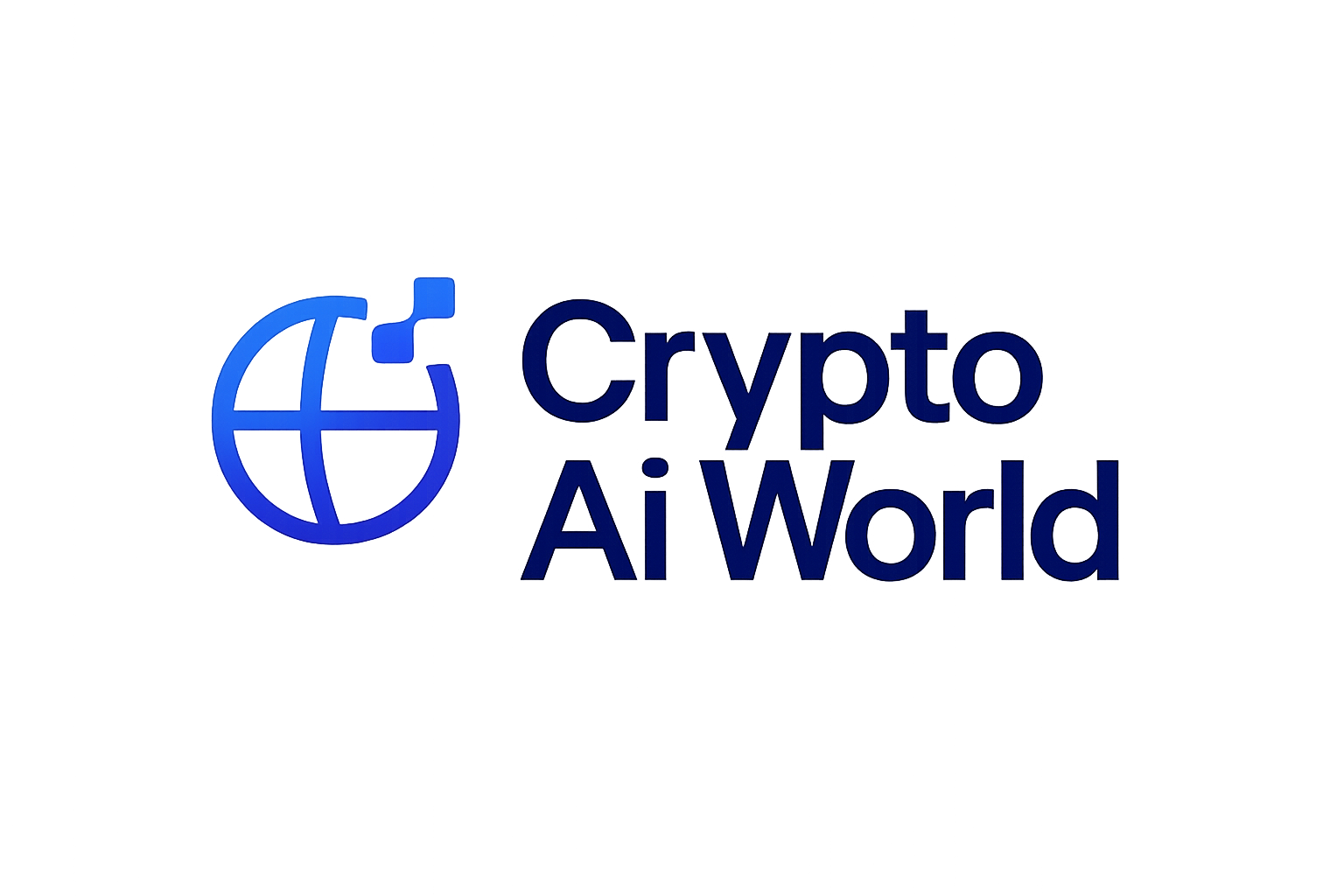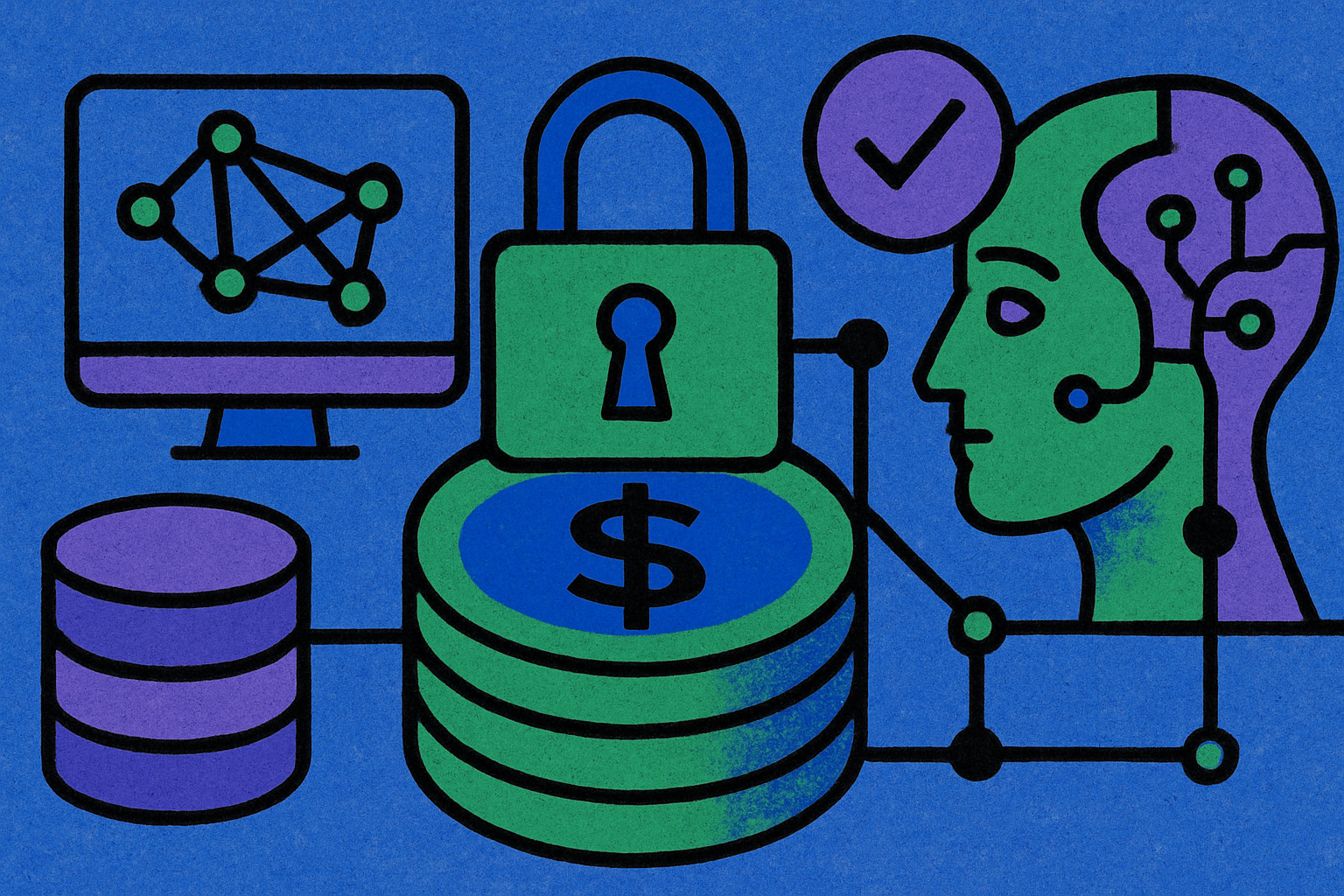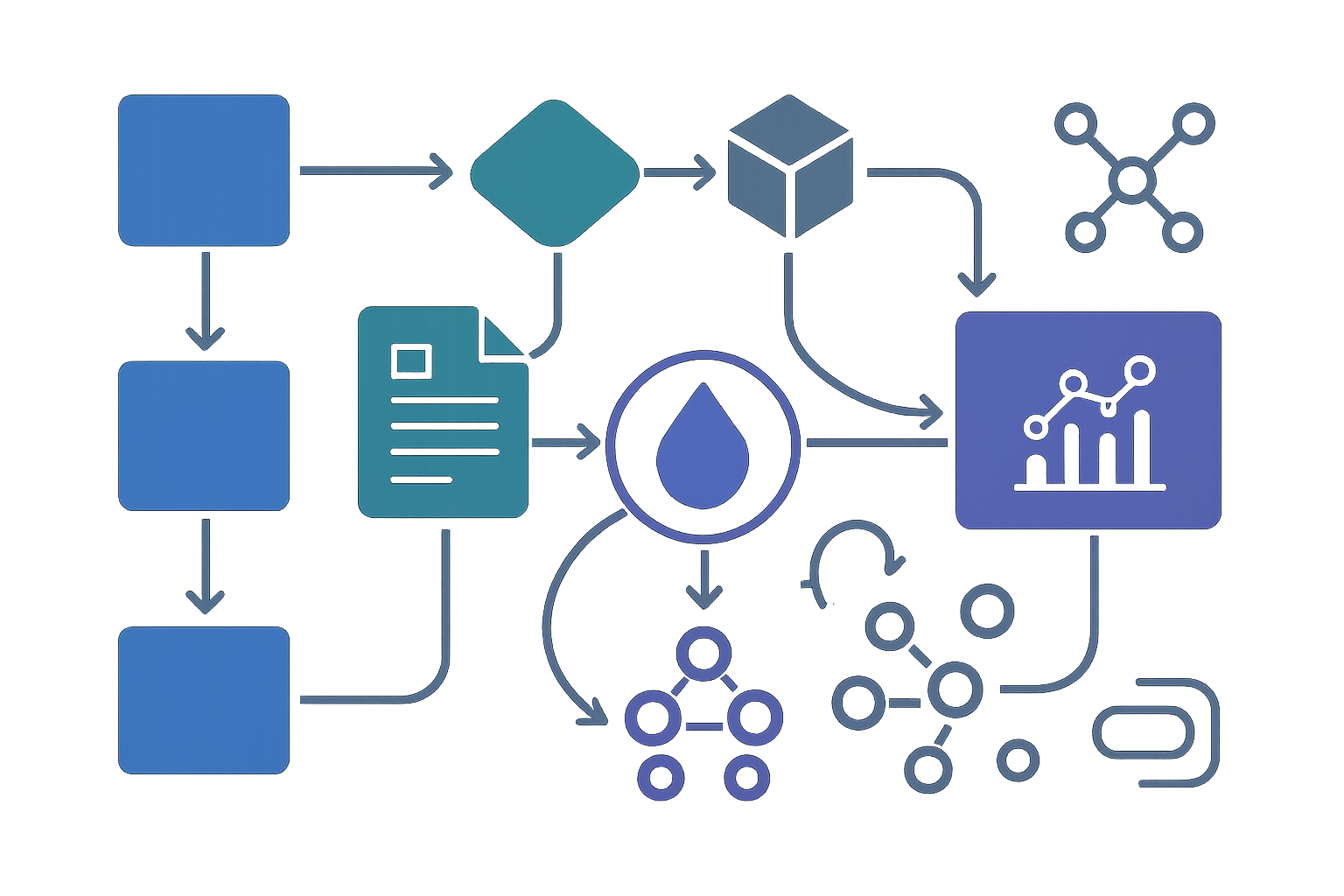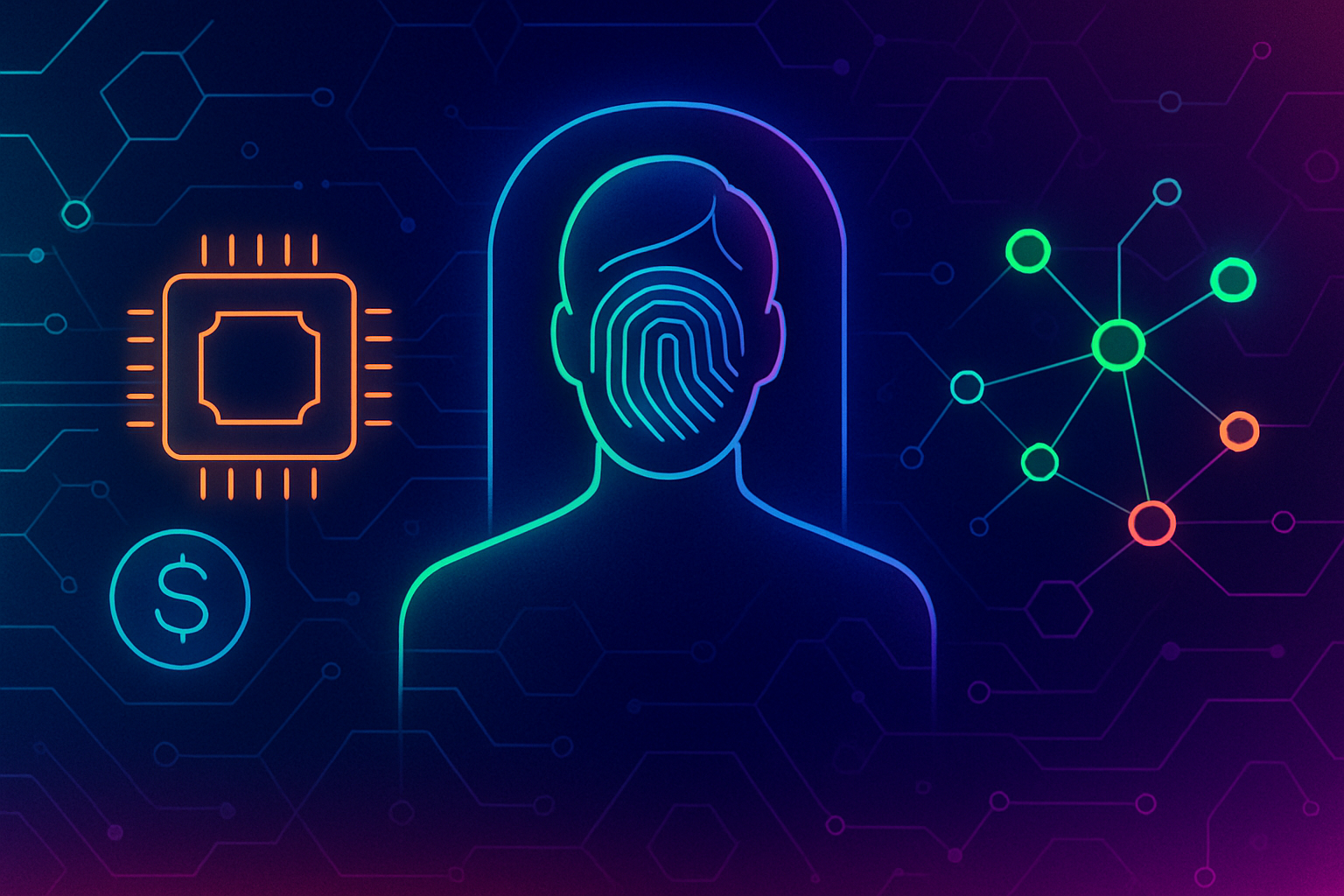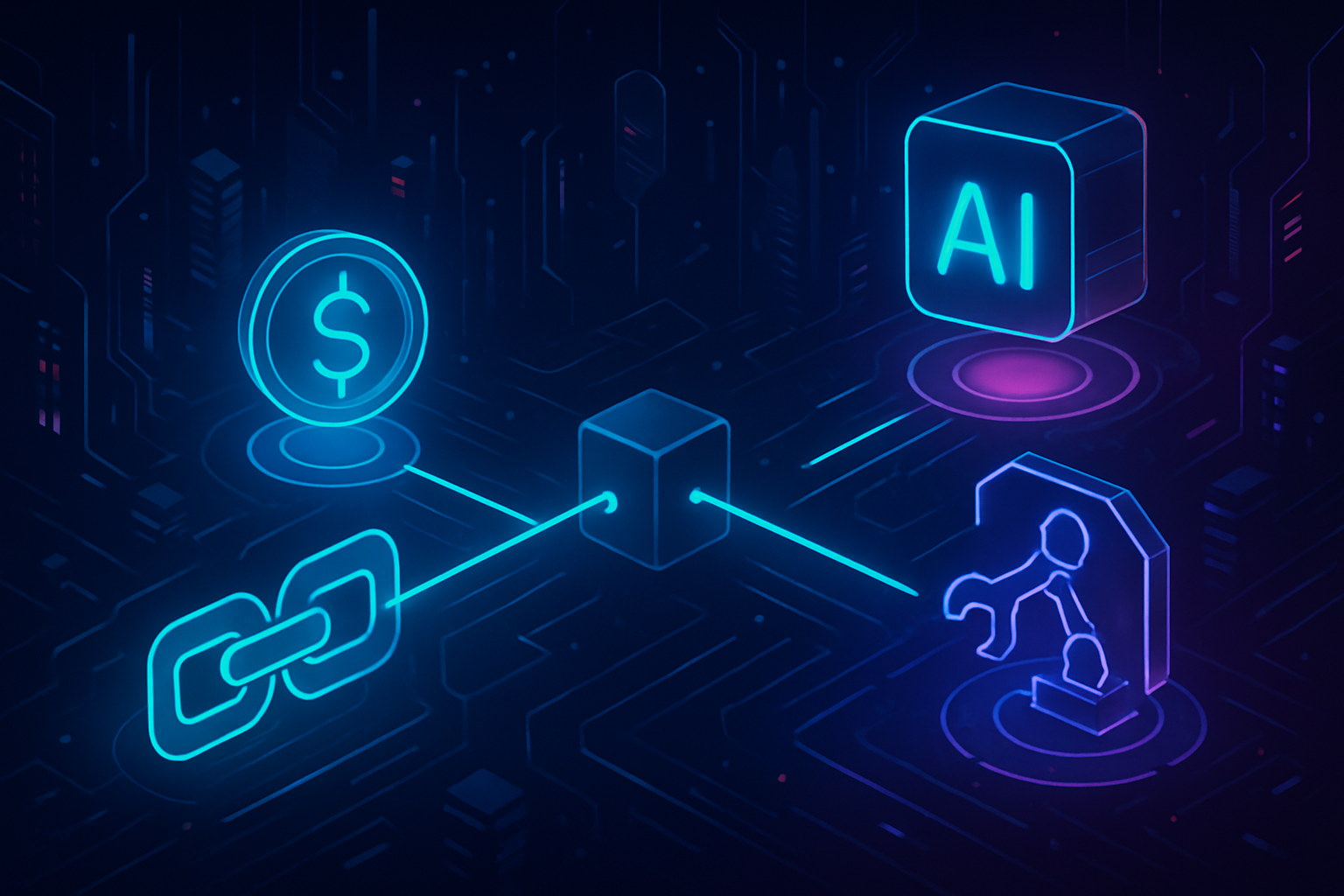
Composability is rapidly becoming the backbone of decentralized AI, empowering developers and enterprises to assemble sophisticated applications from modular building blocks. With the rise of Decentralized Physical Infrastructure Networks (DePIN), we’re witnessing a decisive shift: compute, data, and payments are no longer siloed within single chains or platforms. Instead, they are interoperable, automated, and programmable across ecosystems, fueling a new era of innovation for AI-native applications.

Composability: The Engine Behind Decentralized AI Innovation
At its core, composability in DePIN AI means that developers can seamlessly connect decentralized services like compute marketplaces, storage protocols, and machine learning models, often spanning multiple blockchains. This isn’t just an upgrade in convenience; it’s a fundamental enabler for rapid experimentation and scalable deployment. Projects like LooPIN Network have already demonstrated how modular design unlocks efficient GPU staking and resource sharing for next-generation DeFi and AI workloads.
The real power comes when these modules interact fluidly. Imagine an edge-AI deployment using GDePIN’s composable compute layer to dynamically source GPU cycles from one chain while paying node operators on another, no manual intervention required. This is the reality emerging today as composable infrastructure becomes the norm rather than the exception.
Cross-Chain Payments: The Foundation for Programmable Settlement
The multi-chain world demands frictionless value transfer, and that’s exactly what cross-chain payment DePIN solutions deliver. Protocols like CrossFi are pioneering automated market makers (AMMs) that bridge assets across disparate blockchains, enabling real-time programmable settlement for compute resources or data feeds. This interoperability is critical for decentralized AI networks where participants may operate on different chains but need to transact instantly and securely.
CrossFi’s approach demonstrates how liquidity pools can be tapped by smart contracts or agentic AI without human oversight, an essential foundation as stablecoins and digital assets become primary mediums of exchange within decentralized compute economies.
Key Benefits of Automation in Decentralized AI Infrastructure
-
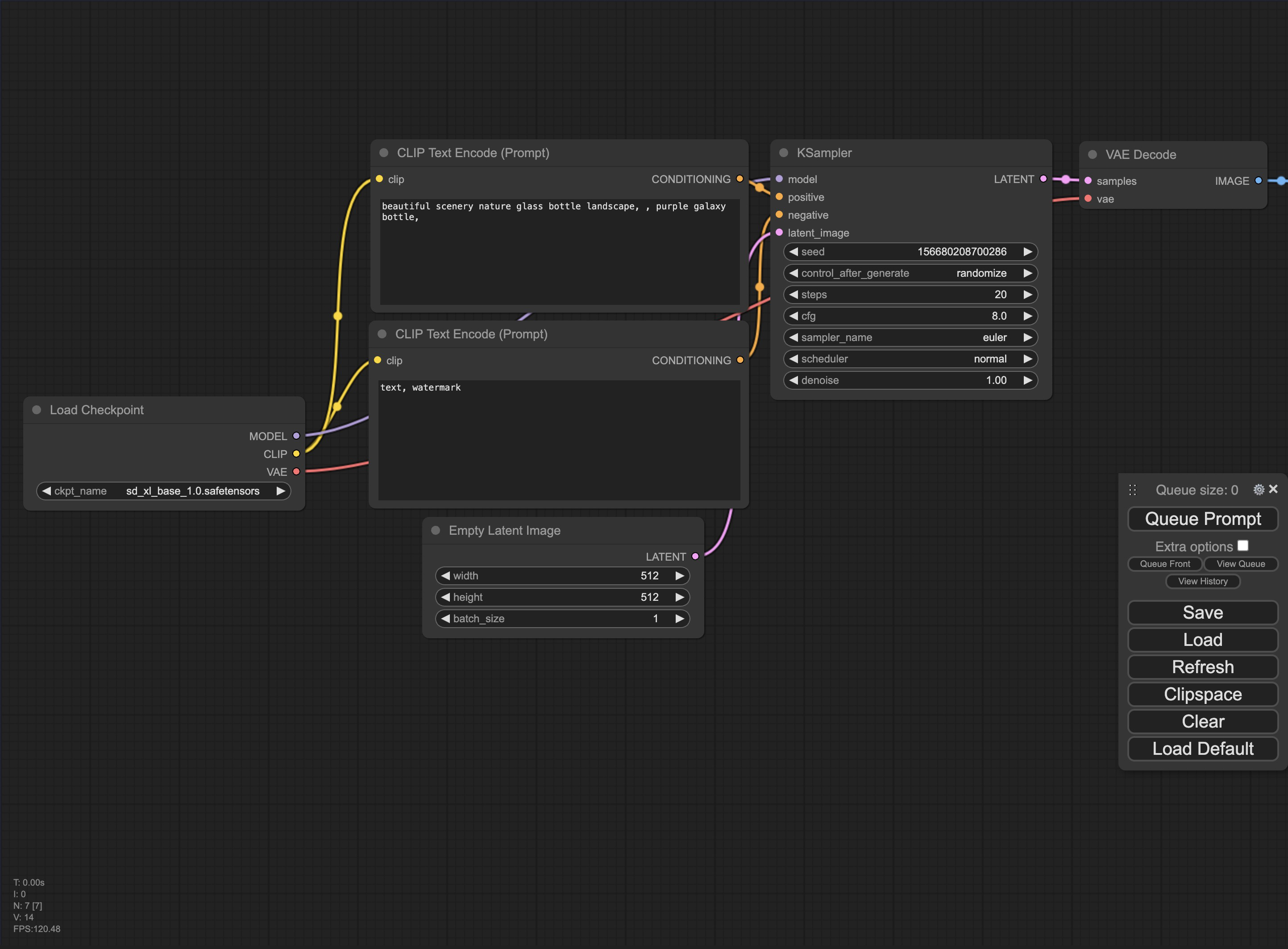
Optimized Resource Allocation: Automated AI agents dynamically match computing power and data storage with demand, reducing waste and improving network efficiency across platforms like LooPIN Network.
-

Proactive Infrastructure Maintenance: AI-driven automation predicts hardware failures and schedules maintenance, minimizing downtime and ensuring reliability in decentralized physical infrastructure networks (DePIN).
-
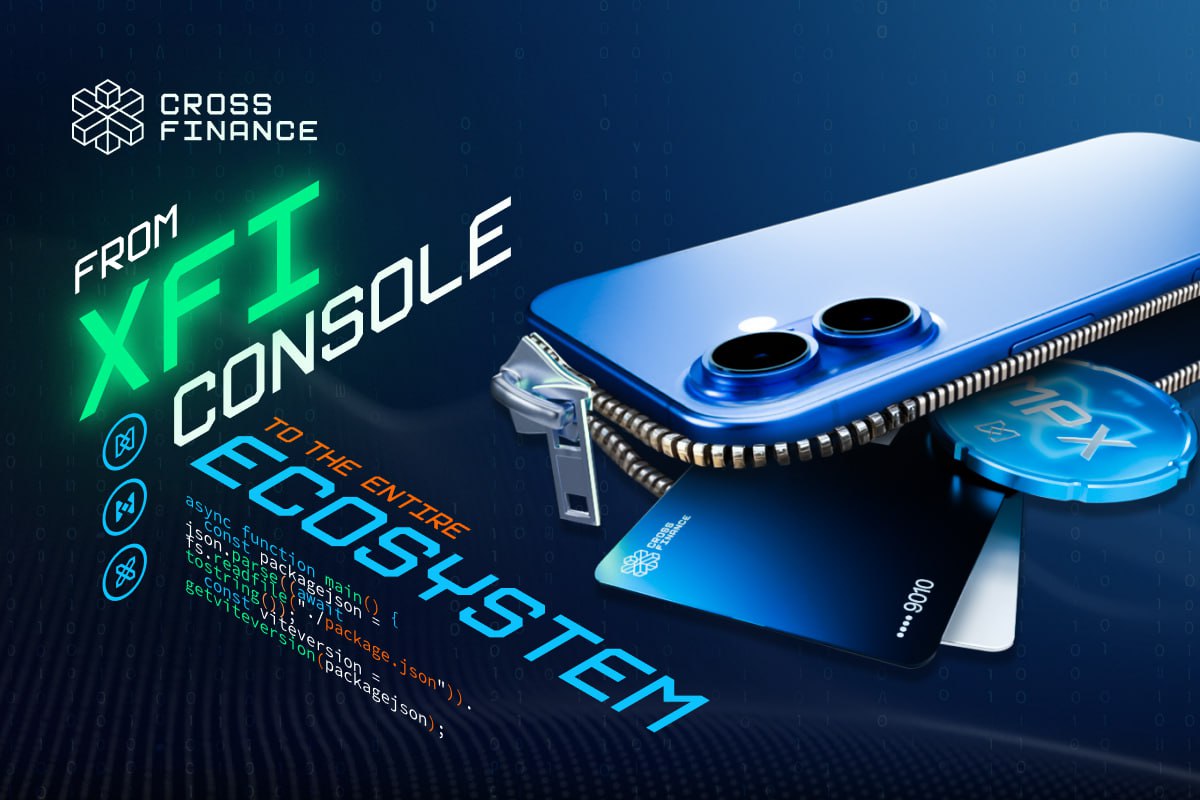
Seamless Cross-Chain Payments: Automated smart contracts enable instant, trustless transactions across multiple blockchains, as seen in protocols like CrossFi, facilitating smooth compensation for shared resources.
-
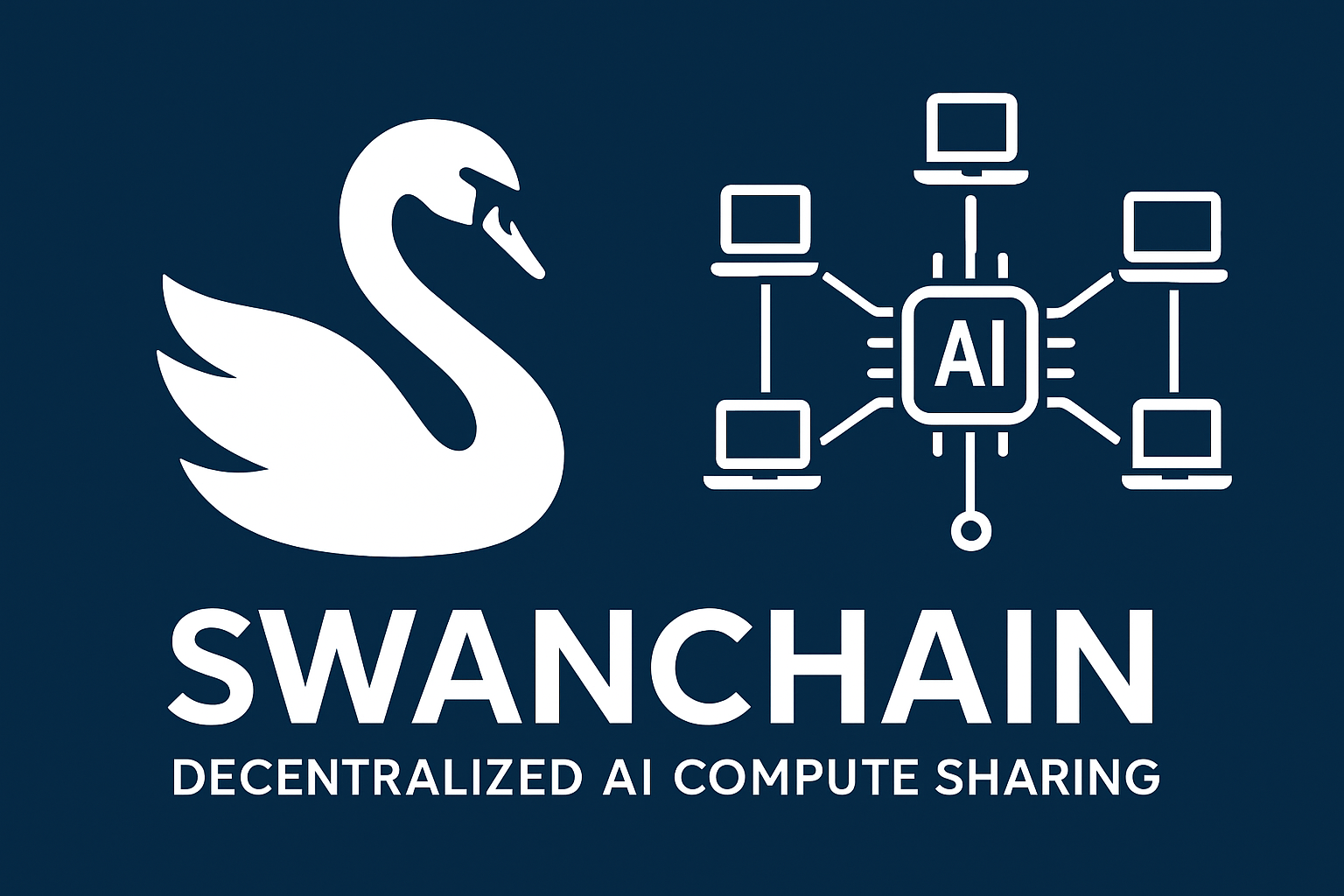
Scalable AI Compute Sharing: Automation allows decentralized marketplaces to efficiently distribute AI workloads, making high-performance computing accessible for next-generation DeFi and AI applications, as demonstrated by Swan Chain.
-

Enhanced Security and Data Integrity: Automated monitoring and validation by AI agents help detect anomalies and ensure data accuracy, bolstering trust in decentralized AI systems.
Automation: Unlocking Efficiency with Agentic Intelligence
The next leap forward isn’t just about moving value or data, it’s about automating every step of resource allocation, monitoring, and settlement. Automation in decentralized AI, powered by intelligent agents, now enables:
- Predictive maintenance: Automated detection of hardware issues before they cause downtime.
- Dynamically optimized pricing: Real-time adjustment of compute costs based on demand signals across chains.
- AI-driven arbitrage: Continuous stabilization of asset prices through algorithmic trading across DEXs.
Swan Chain exemplifies this trend by providing tools that automate cross-chain compute resource provisioning, making decentralized infrastructure not only more accessible but also far more resilient than legacy cloud models (read more here).
